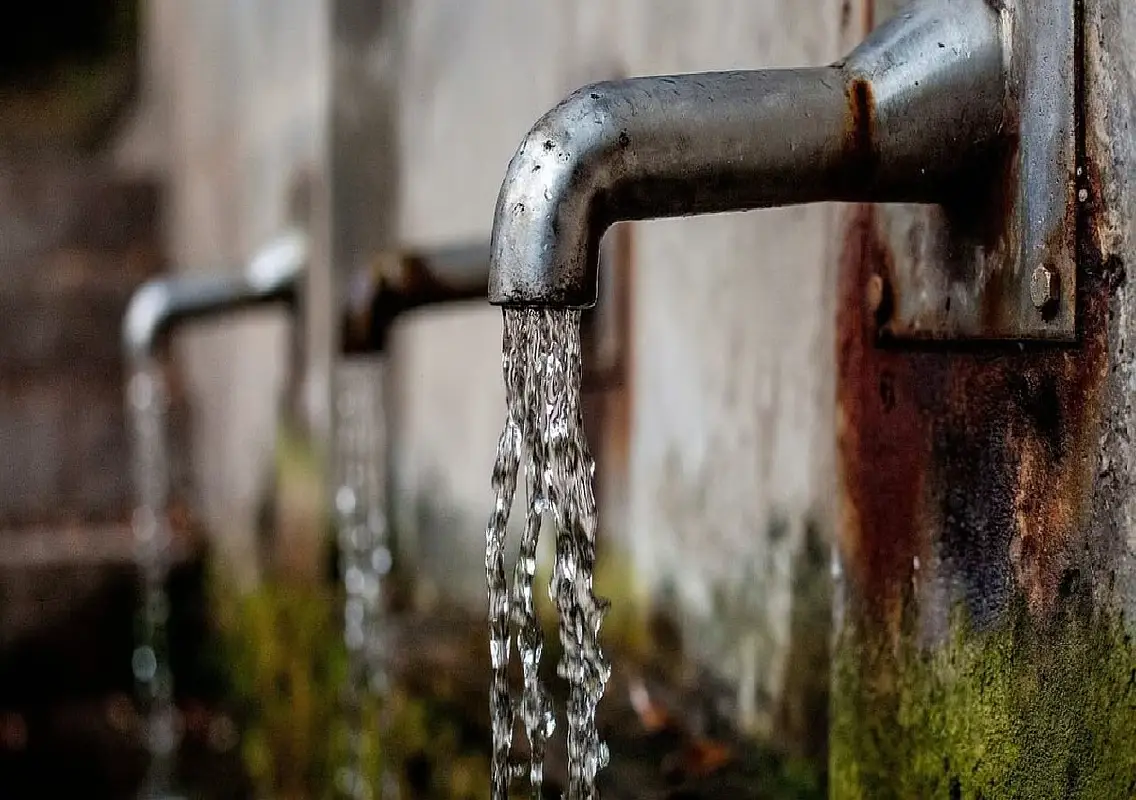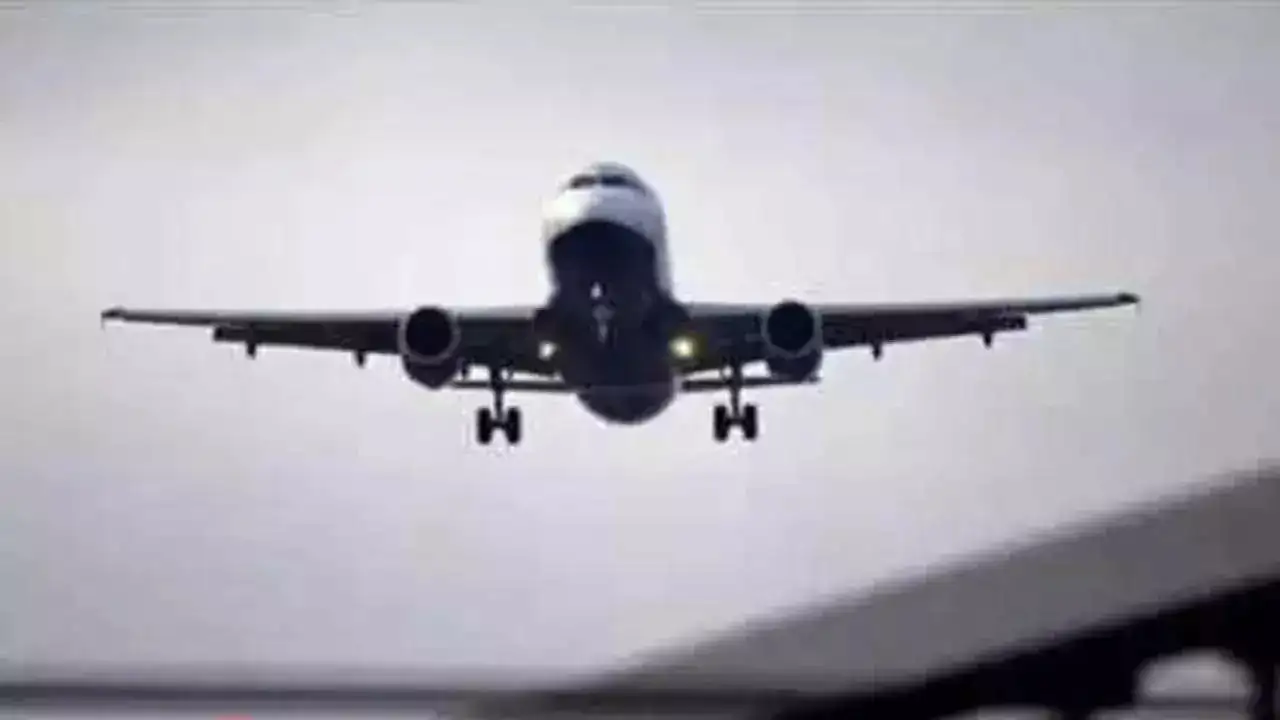Copyright newskarnataka

Bengaluru: In a pioneering step toward modernising the city’s water management system, the Bangalore Water Supply and Sewerage Board (BWSSB) is set to roll out a robotics-based inspection programme to identify leaks and trace illegal water and underground drainage (UGD) connections. The initiative, which combines advanced robotics technology with a specially formed enforcement team known as the ‘Green Force’, aims to enhance operational efficiency, reduce water wastage, and tighten enforcement against unauthorised usage. Robotics to detect leaks and illegal tapping BWSSB chairman Ram Prasanth Manohar said that the robotic inspection system will be used to clean and monitor the Central Valve Access (CVA) network and locate leakages in Bengaluru’s vast pipeline system. “To detect a leakage, we will send a robot inside the pipeline. It will scan and pinpoint the exact location of the fault, which can be monitored on screen for immediate action,” Manohar explained. The robots — toy car-sized machines fitted with high-resolution cameras — can travel up to 500 metres from their insertion point, navigating through narrow pipes while capturing live footage of the pipeline’s condition. They are capable of functioning under high water pressure and feeding real-time data to BWSSB engineers. AI-driven monitoring and analysis The new system incorporates artificial intelligence-based analytics to study leakage patterns, identify pressure variations, and detect unusual water flow that may indicate an illegal connection or a concealed fault. “This technology will not only help us detect leakages and unauthorised connections more accurately but also help in long-term preventive maintenance,” the chairman said. The robotics technology has been developed in collaboration with the Indian Institute of Technology-Madras (IIT-M) and its associated startups. BWSSB is currently piloting three such robots and will expand the programme citywide after assessing their performance. Green Force for on-ground enforcement Once the robotic system identifies problem areas or suspicious connections, the ‘Green Force’ enforcement unit will act immediately on the ground. The team will be responsible for disconnecting illegal connections, imposing penalties, and coordinating with the technical and legal wings for follow-up action. Manohar added that the initiative is part of a broader strategy to address Bengaluru’s growing water demand and reduce losses from non-revenue water (NRW) — a persistent issue in the city’s supply network. Tackling illegal connections and water theft The BWSSB’s move comes after a series of enforcement drives conducted across the city since September 2025, which exposed widespread misuse of public water resources. “In a recent app-based survey covering apartments, commercial establishments, and large residential complexes, we detected around 6,000 unauthorised connections out of 43,000 properties inspected,” Manohar revealed. The operation resulted in penalties totalling ₹100 crore being levied on more than 300 apartment complexes. Notices were also issued to 4,500 buildings found violating water and UGD connection norms. Despite regular drives and fines, BWSSB observed that manual inspections often failed to detect concealed or underground tapping points — a gap the new robotics-assisted inspection seeks to bridge. A step towards sustainable water management Officials believe this technological integration will strengthen the board’s capacity to manage the city’s expanding infrastructure and curb losses caused by illegal usage and aging pipelines. “The combination of robotics and enforcement is expected to set a new benchmark for urban water governance in India,” said a senior BWSSB engineer. The agency also plans to share insights from the project with other metropolitan water utilities, making Bengaluru a model for smart water infrastructure management.



